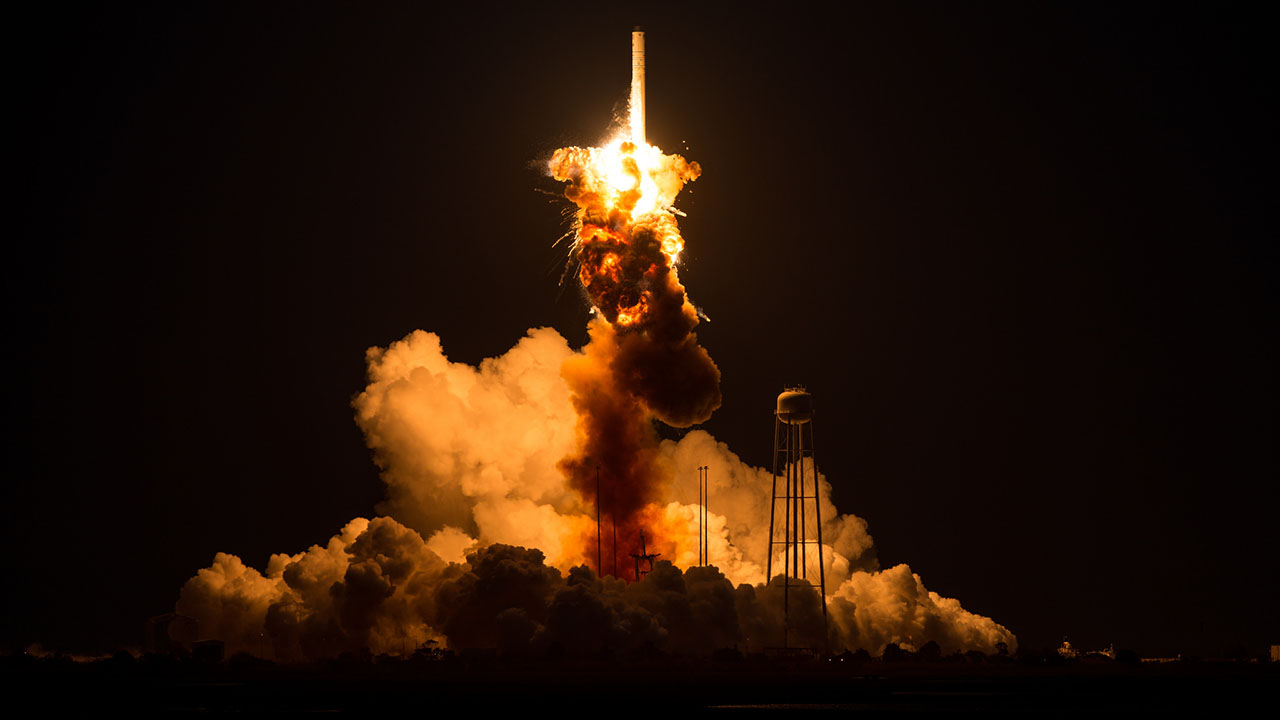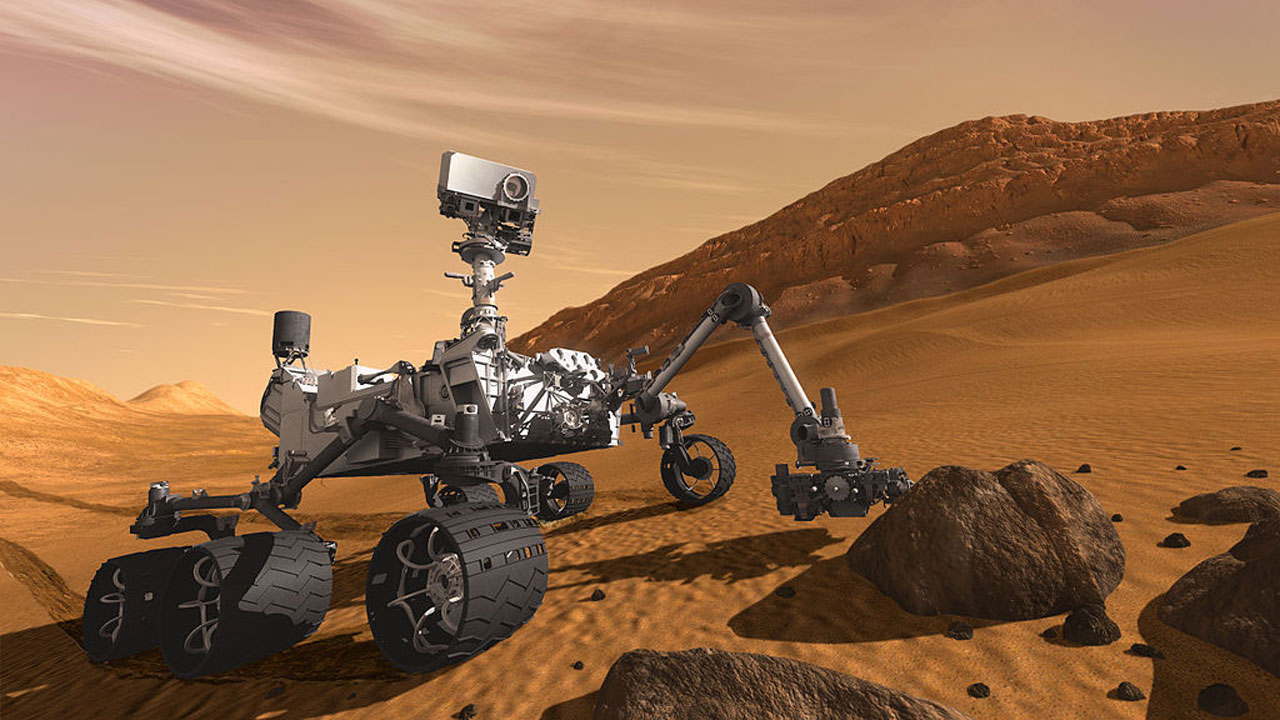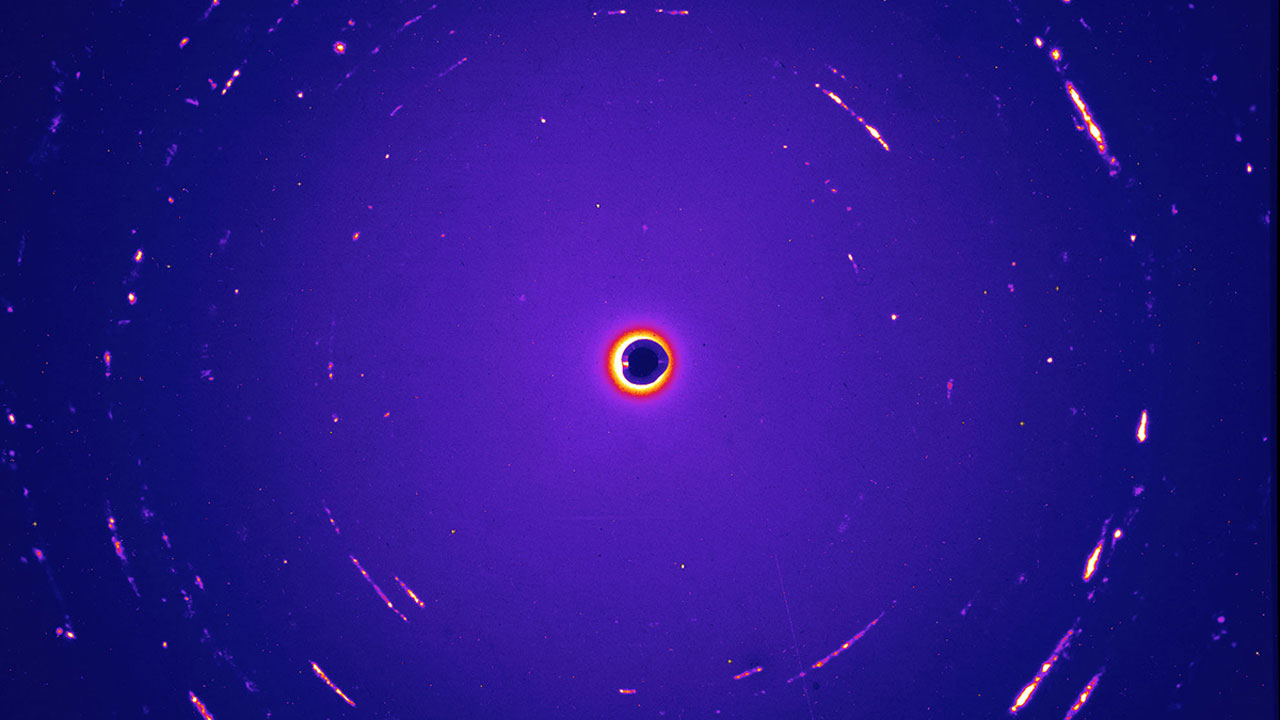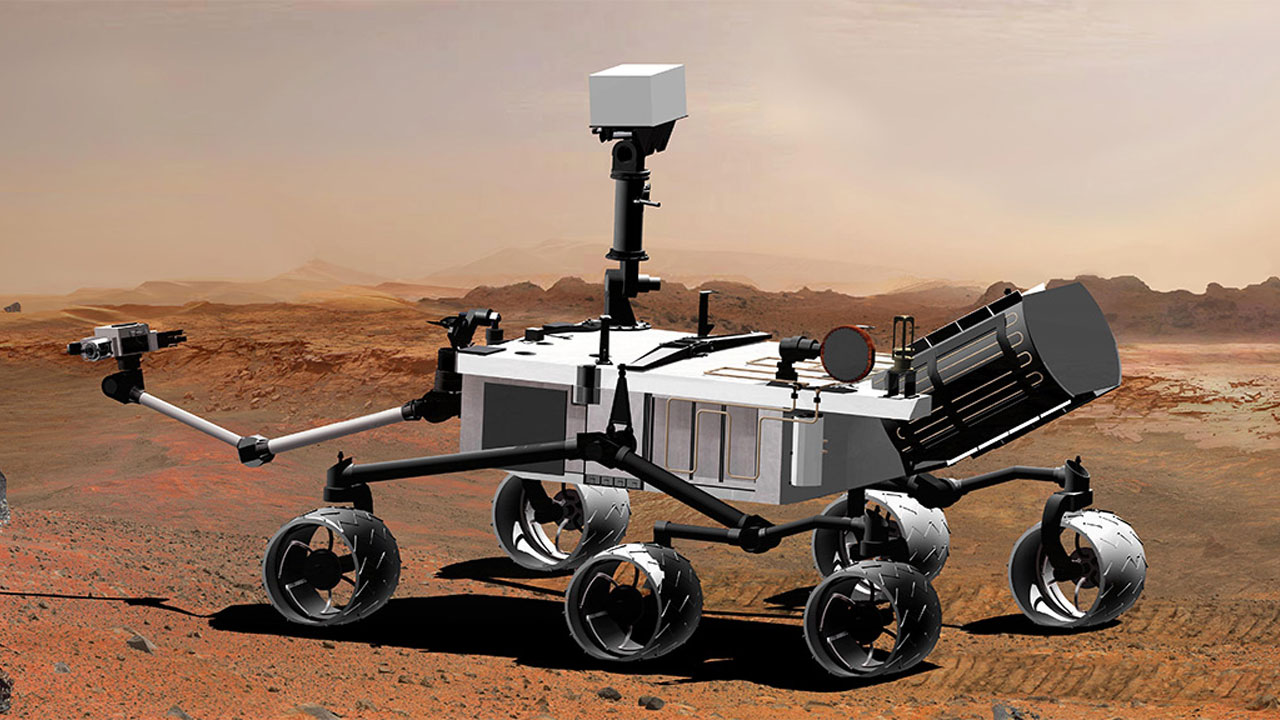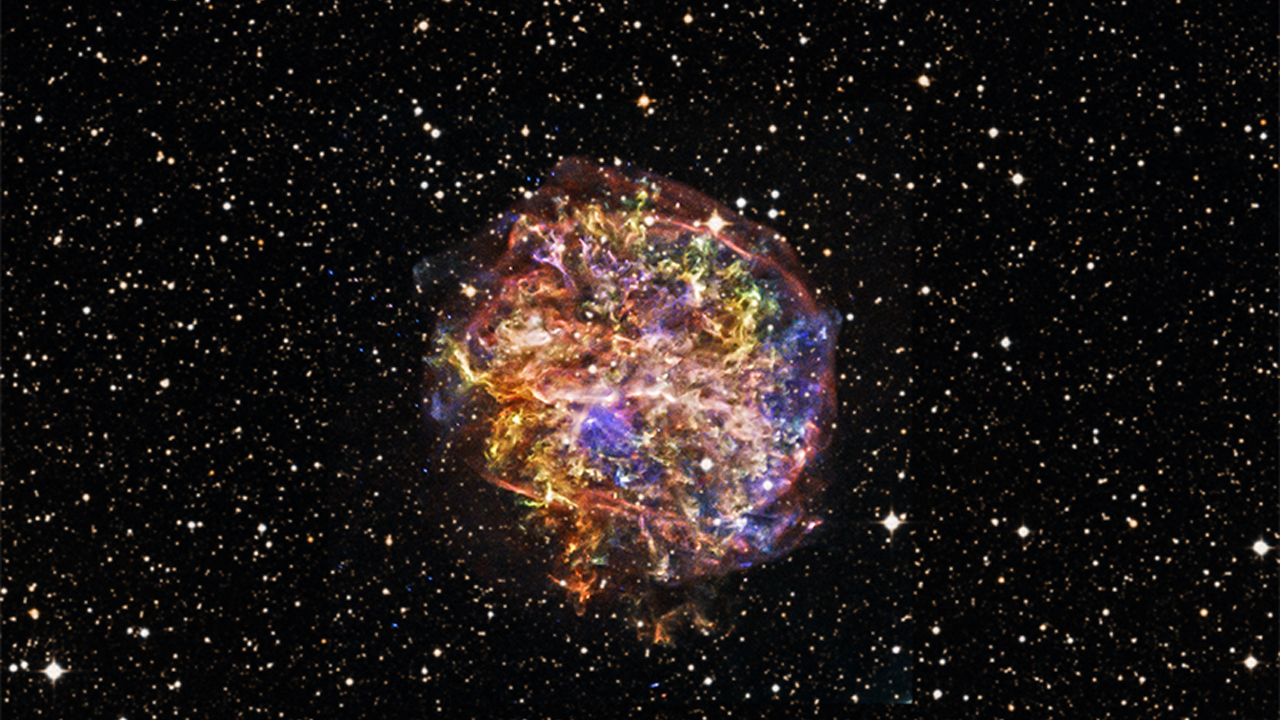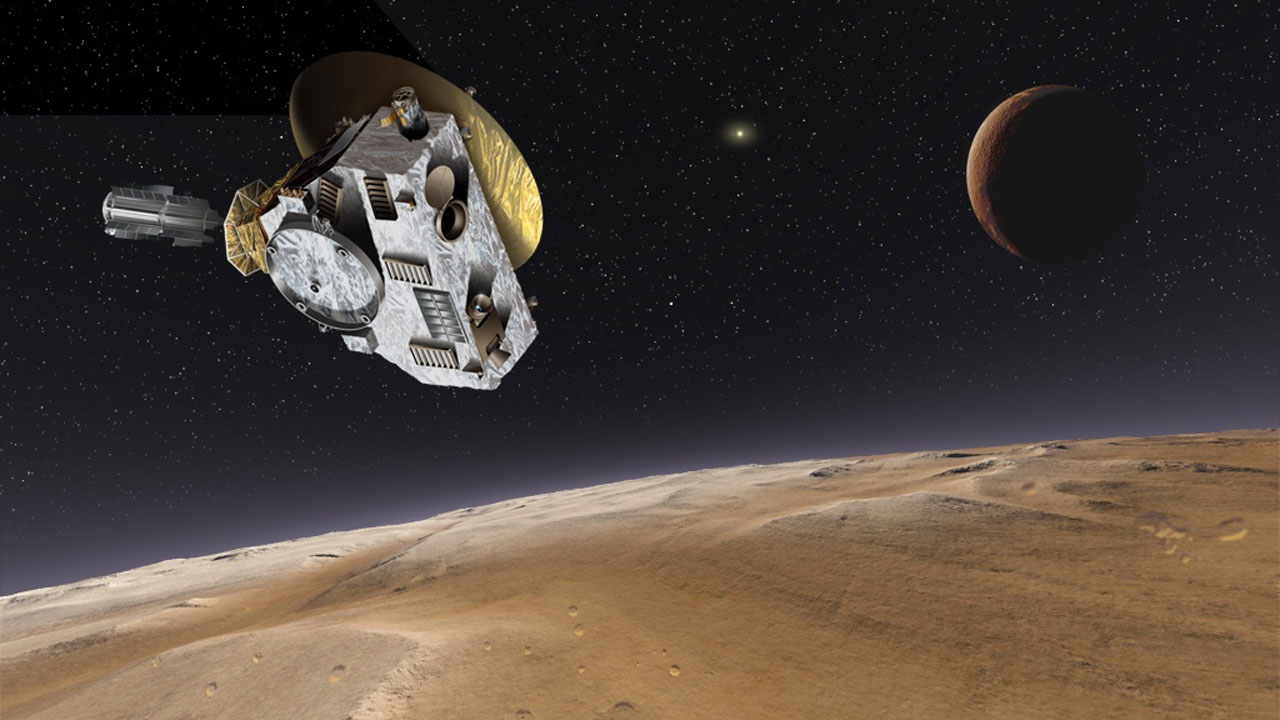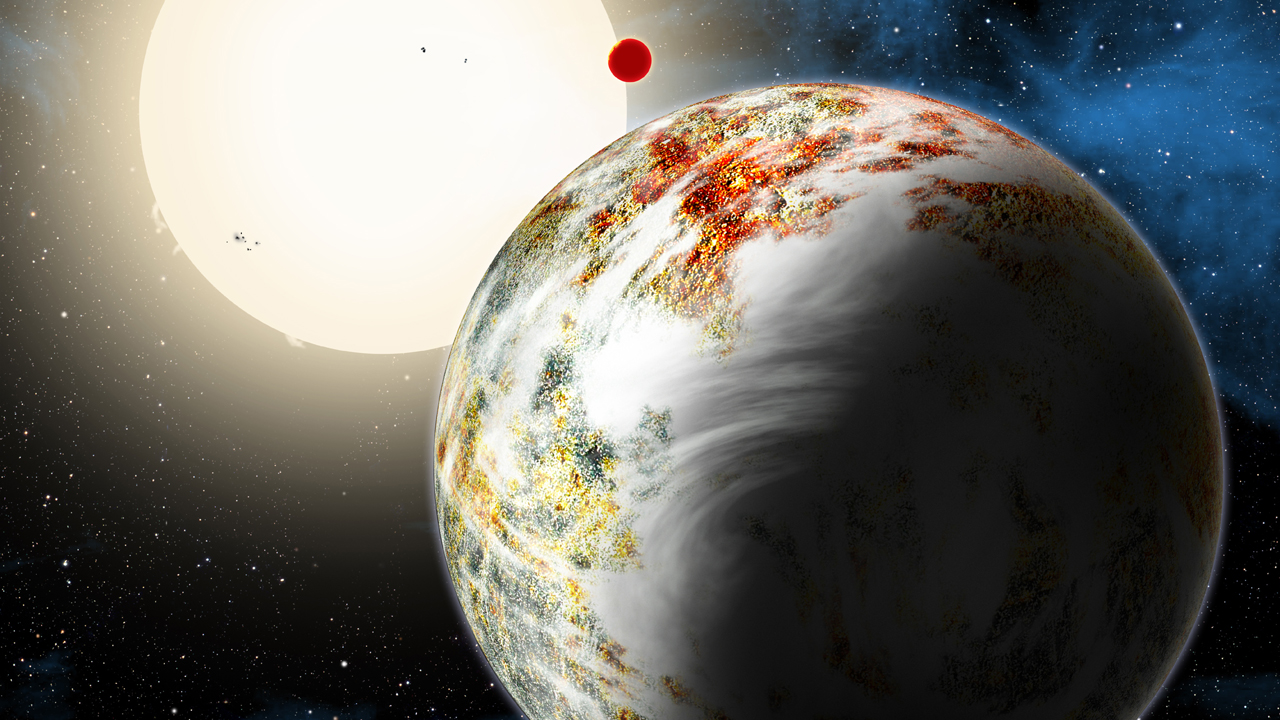Tag: NASA
On Tuesday night, the crowd that showed up for NASA’s highly anticipated rocket launch in Virginia got an expensive fireworks show instead. Thankfully, no one was injured in the unmanned rocket, which was intended to transport cargo to the International Space Station. Orbital Science’s Antares Rocket exploded a mere seconds after is launch, deepening criticism […]
With a crazy lunar eclipse and a blood moon scheduled to hit tomorrow morning at dawn, New York City is one of the worst places to be. If your view isn’t obscured by the towering skyscrapers or the bright lights, the clouds and rain should make it pretty difficult to see. Tomorrow’s eclipse is called “impossible” because you […]
The Martian rover Curiosity, which NASA landed on the Red Plant in 2012, has reached a milestone in its scientific journey. After traversing a variety of terrains on the planet’s surface, including one that proved to be an ancient lake bed that could have once contained life, Curiosity is preparing to climb Mars’ Mount Sharp, […]
In an attempt to better understand the impact of zero gravity on astronauts, NASA is conducting a study that requires participants to lie in a chair with their head tilted towards the floor for 70 days straight. If that sounds less than appealing consider you will be paid $170 a day for this grueling work. NASA […]
NASA’s aptly named Stardust spacecraft caught some particles from the comet Wild 2, which it delivered to Earth in 2006. The results of the dust’s analysis have now been published. Scientists have not been able to determine where in the universe these grains came from, but they do know that they are composed of a “magnesium-iron-silicate mineral called olivine, ” […]
NASA’s next rover to Mars, launching in 2020, will pull carbon dioxide from the atmosphere and transform it into breathable oxygen. “When we have humans exploring Mars, they can make great use of the oxygen,” Michael Meyer of NASA’s Mars Exploration Program told the press. “We all love that stuff.” NASA will conduct several experiments on Mars […]
For the 15th anniversary of the Chandra X-Ray Observatory, NASA has released four new visuals of supernova remnants. The gorgeous images show the remains of the Crab Nebula, Tycho, G292.0+1.8, and 3C58. Chandra was launched into space by shuttle mission STS-93 in 1999. Its x-ray allows it to photograph space entities without the Earth’s shadow. “The Tycho […]
NASA has approved an independent project that will allow a crowd-sourced message to be sent into space via the New Horizon’s space probe. When NASA’s New Horizons mission finishes studying Pluto next summer, the data will be streamed from Earth to the spacecraft to create a digital record. The New Horizons will then take with […]
This photograph of Manhattan was taken by the Expedition 39 crew’s remote sensing unit. In it, the tallest buildings in the Financial District and Midtown are casting noticeably long, dark shadows on the city. Referencing the Environmental Protection Agency’s report, NASA explains that concrete and asphalt absorb, store, and release heat, and how the “heat island effect” is reduced by the cooling effect of […]
Harvard-Smithsonian Center for Astrophysics (CfA) announced yesterday that they’ve discovered a “new” rocky planet 650 light-years away, spotted by NASA’s Kepler spacecraft. It is about 11 billion years old, circles a sunlike star once every 45 days and is all solid, “although it may possess a thin atmosphere shown here as wispy clouds” in the artist rendering above. […]

